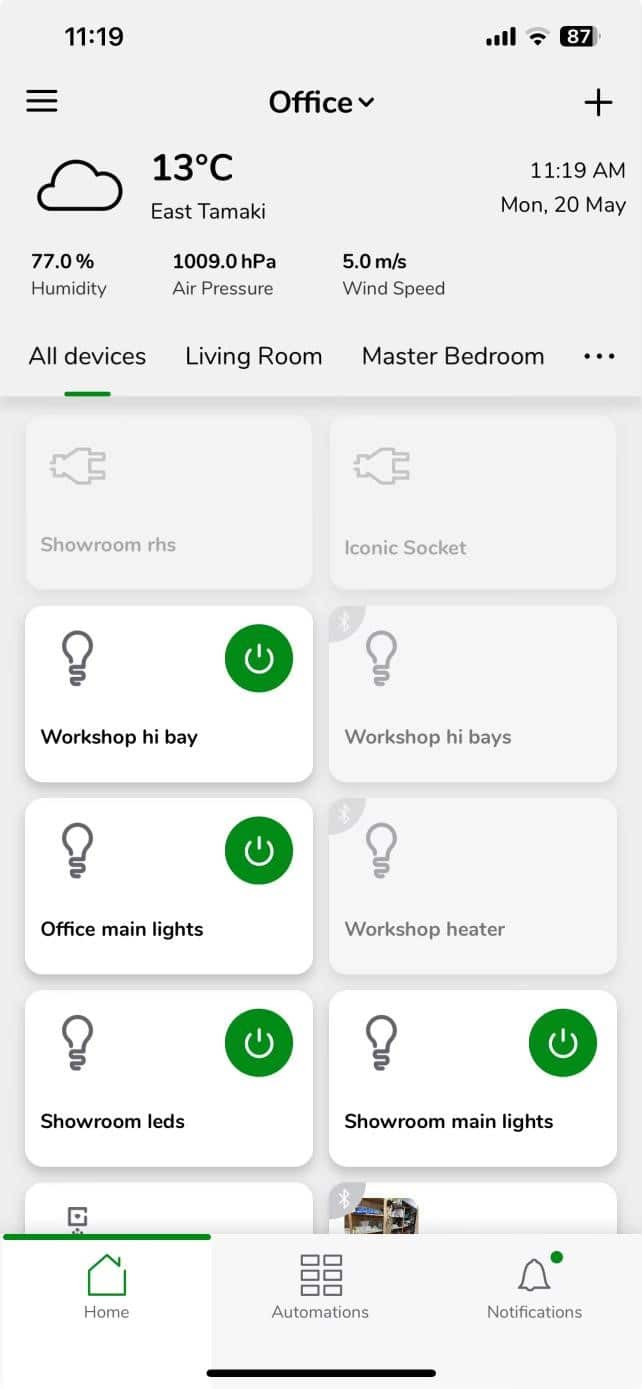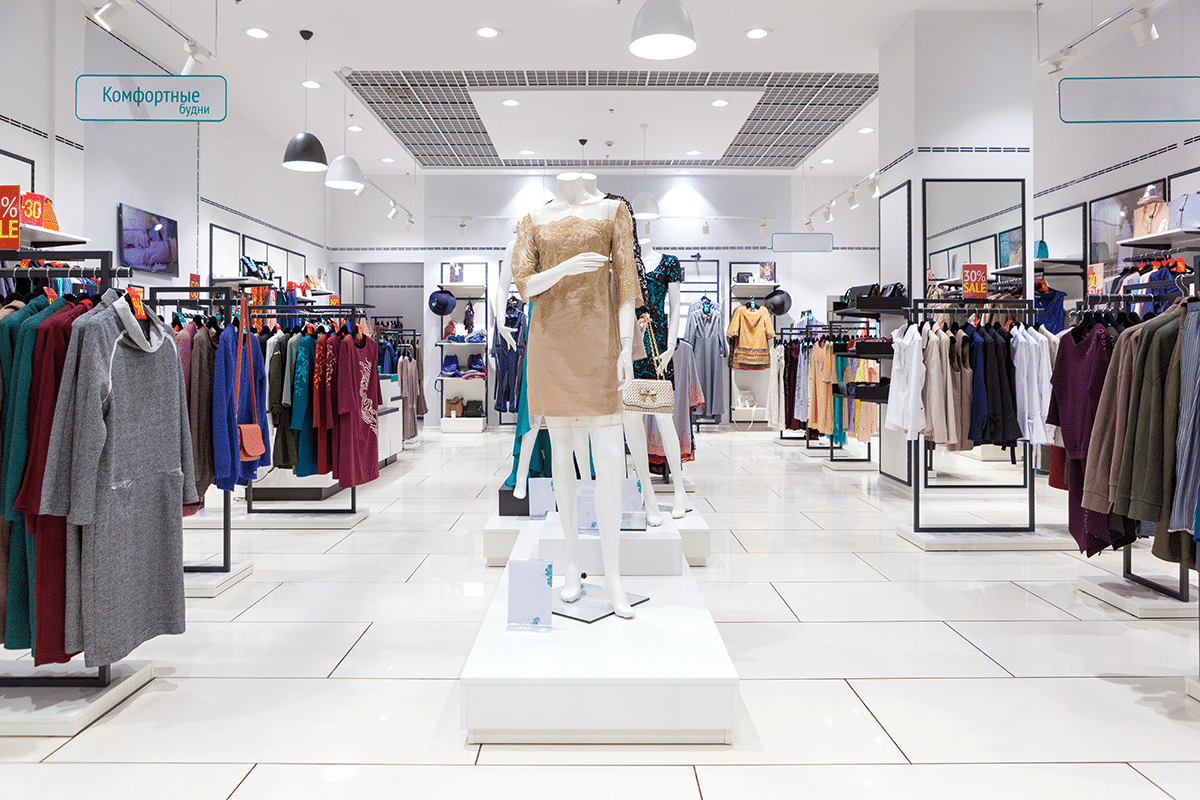Imagine entering a bustling retail store on a chilly winter day and being instantly enveloped by a welcoming warmth. The inviting atmosphere encourages you to browse, linger, and enjoy your shopping experience. This is the power of a well-designed commercial heating system. For the store owner, it means happy customers, increased dwell time, and ultimately, a boost in sales. Behind the scenes, an efficient, eco-friendly heat pump keeps energy costs low while maintaining the perfect temperature. It’s a win-win situation that showcases how prioritising customer comfort and sustainability can lead to business success.

Heat pumps – the eco-champions of warmth!
Over the last few years, households and businesses have been seeking solutions that provide consistent warmth and contribute to sustainability and cost-efficiency. Heat pumps are now increasingly sought after as an eco-friendly form of heating, and they offer a welcome alternative to traditional heating systems as we endeavour to reduce our reliance on fossil fuels.
Imagine a heating system that feels like magic – a heat pump uses very little energy to warm your business, working just like a refrigerator in reverse. In heating mode, it extracts air from the outside environment and brings it inside, running it through the unit’s refrigerant gas pipes. In cooling mode, it removes oppressive heat from inside the building and expels it outside. This remarkable ability to reverse the refrigerant cycle and move heat in both directions sets heat pumps apart from traditional heating and cooling systems, representing a visionary step towards sustainable living.
What type of heating is used in commercial buildings?
Like your home, commercial buildings require heating to create a comfortable environment, prevent condensation, conduct business activities, and support industrial processes. But they differ from residential ones because they strive to create an inviting atmosphere across a larger area with more people.
Large spaces, such as warehouse packing areas, are impractical and expensive to heat, so it’s more common to heat only specific business areas, turning the lunchroom or admin office into a warm haven away from the cold. While large spaces can be a challenge to heat efficiently, innovative solutions like air curtains can turn the tide. By minimising heat loss and generating a focused stream of air, air curtains can significantly reduce energy costs, keeping your wallet happy and your team working in warmth and comfort.
Electricity is the most efficient and eco-friendly means of providing fast heating and drying solutions for warehouses, factories, and offices, and it’s the most widely used in commercial buildings across New Zealand. This method of commercial heating includes electric heaters, heat pumps, and electric underfloor heating systems, enveloping workplaces in a comforting embrace of warmth. Imagine a future where every commercial building in New Zealand harnessed the power of clean, efficient energy to create optimal working conditions.
Other commercial heating systems, such as oil heaters, are no longer so popular because of their expense and reliance on fossil fuels. However, these systems are still to be found in some commercial buildings, particularly in rural areas where access to other fuel sources may be limited.
In recent years, there has been a growing focus on sustainability and energy efficiency in commercial heating systems; in the future, every commercial building will champion sustainability and energy efficiency. Solar heating, which harnesses sunlight to generate heat for buildings, is used in some commercial buildings, particularly those focused on sustainability and energy efficiency. Heat Recovery Ventilation (HRV), often used in conjunction with heating systems in commercial buildings, captures valuable warmth from outgoing air and reduces energy consumption.
Smart heating
Installing programmable thermostats and zoning systems can unlock the potential for ultimate heating efficiency in your shop or office.

These smart systems learn your occupancy patterns and adjust temperatures accordingly, creating comfort in different areas. This targeted approach saves you money and ensures a more comfortable work environment for your team – a win-win for everyone involved. Have a look at the screenshot to the left, of an App showing home and office lighting and heating control.
What is the difference between central heating and HVAC?
If you love basking in the warmth of a central heating system, a network of comfort radiating from a single source, HVAC (Heating, Ventilation, and Air Conditioning) takes this a step further. It offers the ultimate dream of total climate control; like having a personal weather App at your fingertips, capable of conjuring up warmth in winter, refreshing coolness in summer, and ensuring a healthy flow of fresh air all year round.
How do you heat a large shop?
Imagine transforming your large shop into a haven of warmth, no matter the season’s chill. Heating a large space efficiently can feel like a puzzle, but with careful consideration of factors like size, insulation, and your team’s needs, you can create the perfect solution.

Here are some common methods for heating large shops:
- Forced air heating systems use a heat pump to heat air, distributed throughout the shop space via ductwork and vents. They can provide quick and even heating and are often cost-effective to install and operate.
- Radiant heating uses hot water pipes or electric coils installed in floors, walls, or ceilings to radiate heat into the space. It provides comfortable, consistent warmth and can be zoned to heat specific areas.
- Unit heaters, such as infrared or gas-fired unit heaters, are often used in large commercial spaces like shops. These heaters are typically mounted on walls or ceilings and provide localised heating.
- Ductless mini-split systems can be a good option for heating large shops, especially if ductwork is not feasible or cost-effective. These systems consist of an outdoor compressor unit connected to one or more indoor air-handling units, allowing for independent temperature control in different zones.
- Combination systems – Some large shops may benefit from a combination of heating methods. For example, combining a forced air heating system with radiant heating in certain areas can provide quick heating and comfortable warmth.
We can advise you on your commercial heating requirement and fully install it. To find out more, contact us here.
